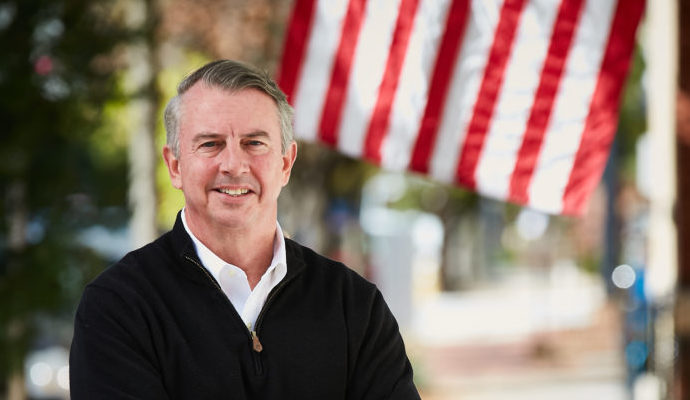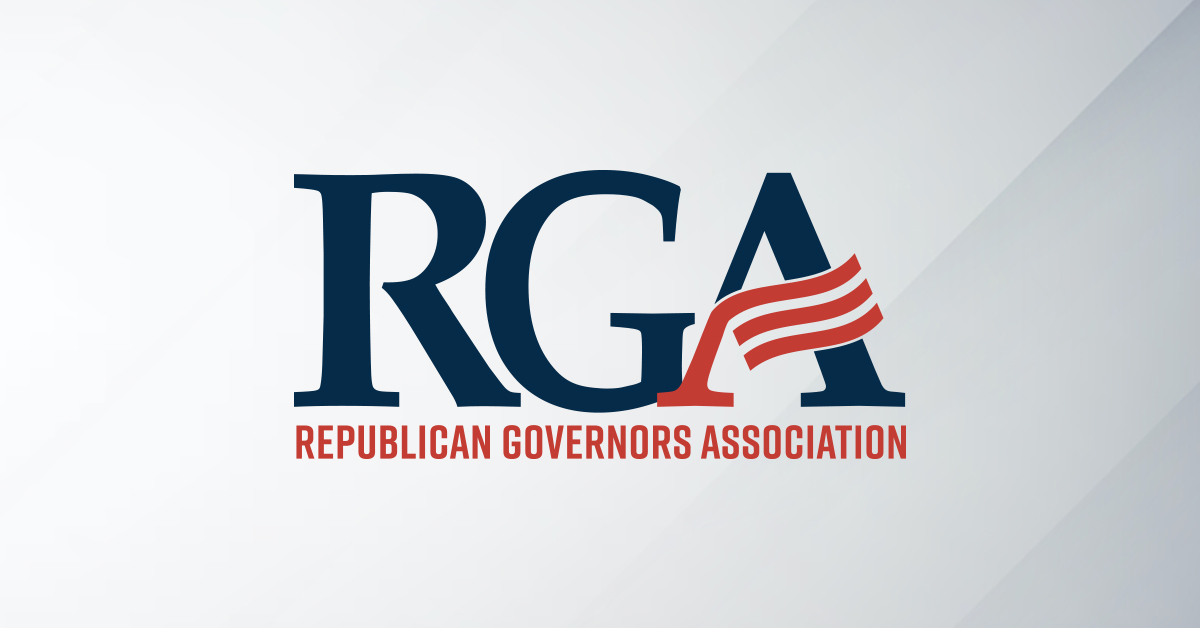
In today’s Washington Post, columnist Marc Theissen notes why Republican Ed Gillespie is surging in the Virginia governor’s race, and why with only 18 days to go until Election Day, Gillespie holds the momentum, following a “proven model that has brought the GOP unprecedented success at the state level.”
Why Ed Gillespie Is Surging In Virginia
Washington Post; 10/20/2017
In the run-up to Virginia’s 2014 Senate election, Republican Ed Gillespie trailed Sen. Mark Warner (D) by double digits in almost every single public poll. Gillespie knew the polls were wrong, but to the GOP establishment, Warner seemed invincible, and as Election Day approached, the party focused its resources on more “winnable” races (such as Scott Brown’s failed Senate campaign in New Hampshire). Two weeks before Election Day, Gillespie tried to get the GOP to kick in just $350,000 for ads and get-out-the-vote efforts, but his pleas fell on deaf ears.
In the end, he lost not by double digits, or even single digits. He lost by just eight-tenths of a percentage point. As Larry Sabato explained, “Had outside Republican groups invested more than a pittance in Gillespie . . . he might be in the Senate today.” Indeed, if Republicans had invested even a pittance — just $350,000 — it would almost certainly have put him over the top.
The lesson should be clear: Don’t underestimate Gillespie.
Now Gillespie is running for governor, and just a few weeks ago, many were once again writing him off. An Oct. 3 Post-Schar School poll showed Gillespie trailing his opponent, Lt. Gov. Ralph Northam (D), by 13 points. Gillespie wasn’t buying it. “I’m in a dead-heat race, within the margin of error,” he tells me.
Already, he’s being proved right once again. An Oct. 17 Christopher Newport University poll showed Northam’s lead had tightened to just 4 points. Then, a few days later, a Monmouth University poll showed Gillespie leading Northam by 1 point.
Although his opponent maintained a 2-to-1 cash advantage over him through last month, Gillespie is closing the gap for two simple reasons.
First, he is a tireless campaigner. Gillespie says that he has shaken 1 million hands and that his volunteers have knocked on 1 million doors. He attends every county fair and ethnic festival. “I’ve just flat outworked him,” he says.
Second, while Democrats and the media are trying to make the race a referendum on President Trump, Gillespie is focused on issues Virginians care about. He points out that in its story after the final gubernatorial debate, The Post reported that the candidates “never focused on the one name that has hung over the race from the start: Donald Trump.” Gillespie says, “Well, it’s only in The Post that Donald Trump hangs over this election. I never hear about him on the trail.” A Roanoke College poll showed that “stopping Donald Trump” is the top priority for just 2 percent of the Virginia electorate, making it one of the least important issues for voters.
What do voters care about? The No. 1 issue is the economy and jobs — and Gillespie leads Northam on the issue, 41 percent to 29 percent. “What I hear about on the trail all the time is, what are you going to do about jobs for my kids so they can stay in Virginia? I don’t want them to move to North Carolina or Tennessee or Texas or Florida,” Gillespie says. He points out that “in five of the last six years our economic growth has been below 1 percent. And the only exception is when it got to 2 percent. We have for six straight years now been below the national GDP rate. For three years in a row, more people moved out of Virginia than into Virginia. That had never happened before.”
He has also focused on an issue that unites both law-and-order conservatives and Latino voters: MS-13 gang violence. “People are concerned about MS-13 in Northern Virginia, and they’re worried about public safety,” he says. “And it’s in the Latino community itself where there’s the most concern. They are most victimized by MS-13. We’ve had eight MS-13-related murders in Northern Virginia since November.”
While Democrats maintain their maniacal focus on Trump, Gillespie has put forward 19 detailed policy proposals — including the first across-the-board state income tax cut in 45 years, as well as plans to increase rural development, expand agricultural trade, address the opioid crisis, mitigate recurrent flooding, lower the cost of energy, improve education, reform the criminal-justice system and restore faith in state government. He ignores the gridlock in Washington and focuses on his plans for Virginia.
Gillespie is following a proven model that has brought the GOP unprecedented success at the state level over the past decade. In 2008, there were just 21 Republican governors; today, there are 34, tying an all-time high for the party, and the GOP controls both the governor’s mansions and legislatures in more than half the country. Republicans won this unparalleled control of state governments at a time when Barack Obama and Democrats were dominating on the national stage. They did it by ignoring Washington and offering up better ideas to improve the lives of citizens in their states.
That is what Gillespie is doing in Virginia today, and it is why he can win. Let’s hope that this time he does not come up $350,000 short of victory.





See the latest videos from RGA
Watch our videosHappy Independence Day!
Always proud to be an American!🇺🇸 https://x.com/GOPGovs/status/1941089615127163218/video/1
I want to congratulate @POTUS, Senators @berniemoreno and @SenJonHusted, and Ohio’s Congressional delegation for today e…
Follow RGA on Twitter
Follow RGA on Facebook